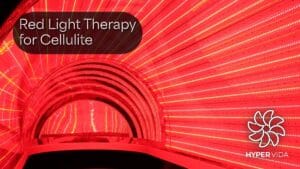Understanding the Research
Parents of children with autism are often curious about new therapies that may provide support beyond conventional care. Hyperbaric oxygen therapy (HBOT) and childhood autism has been a topic of growing interest, with earlier studies reporting promising results. However, most of those studies used only mild pressure with oxygen supplementation rather than full hyperbaric conditions. This randomized controlled trial sought to provide a clearer look at the potential benefits and limitations.
Study Design
Researchers evaluated 60 children with autism, aged three to nine years. Participants were randomly assigned to receive either:
- 20 sessions of HBOT with 100% oxygen at 1.5 ATA (153 kPa), or
- 20 sessions of sham air therapy at 1.15 ATA (116 kPa).
Both parents and clinicians were blinded to the actual treatment. Outcomes were measured using the Autism Treatment Evaluation Checklist (ATEC) and the Clinical Global Impression (CGI) system, which assessed both severity (CGIS) and overall clinical change (CGIC).
Key Findings
The results showed that:
- Improvements were seen in both groups. Parents and clinicians noted significant progress in overall behavior scores after therapy, regardless of whether children received HBOT or sham air.
- No clear differences between HBOT and sham. When comparing groups, there were no statistically significant differences in ATEC scores or most CGI ratings.
- Mixed perspectives. Parents rated severity scores as improved following HBOT, while clinicians found no significant change. On the other hand, clinicians reported greater improvement on CGIC scores for HBOT, while parents did not.
Importantly, both HBOT and sham therapies were safe and well tolerated. The only noted side effect was minor middle ear barotrauma in some participants.
What This Means for Families
The study concludes that while children in both groups showed behavioral improvements, there was no clear evidence that HBOT was superior to sham therapy in this trial. These results highlight the importance of cautious interpretation. Families considering HBOT should view it as an experimental option rather than an established treatment, and always consult with healthcare providers when exploring supportive therapies.
Moving Forward
This research underscores the need for larger, well-designed studies to better understand whether HBOT can play a meaningful role in autism treatment. For now, the therapy remains an area of scientific exploration rather than a proven solution.







